Alocasia, along with Colocasia, Xanthosoma, and other genera with large leaves in the Arum (Araceae) family, are commonly called Elephant's Ear. While I grow A. odora and A. macrorrhiza with huge leaves that earn them the common name Elephant's Ear, I also grow some with smaller and even stranger foliage.
Alocasia × amazonica has very dark green, almost black, glossy leaves with raised silvery veins and undulating margins, reminding me of a bat's wing. If billionaire Bruce Wayne ever hires me to design a landscape for the entrance to the Batcave (don't worry Bruce, your secret is safe with me) this plant would be on my short list.
Alocasia cuprea is another strange one with silvery green leaves and deeply impressed dark veins, giving it the look of hammered metal. While the previous plant would appeal to Batman, A. cuprea would appeal to Lieutenant Commander Worf because its leaves look just like a Klingon's forehead. Just as strange, the backs of the leaves are a rich, reddish purple.
Alocasia rugosa is the smallest of the three and may be the strangest. Its stiff, textured, dark green leaves have the look and feel of plastic. Be sure to click on the close-up to get a good look at the details of the leaf texture. Although I bought one, I'd hate to make a living selling them. I can imagine a customer asking me, "Why should I buy your plant when I can get one stamped out of plastic that looks the same, requires no care, and costs a tenth of what you're asking?"


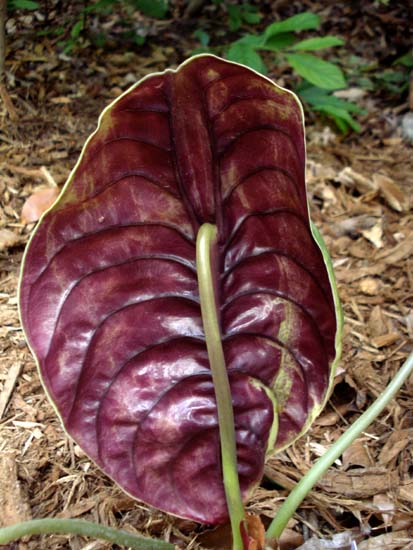
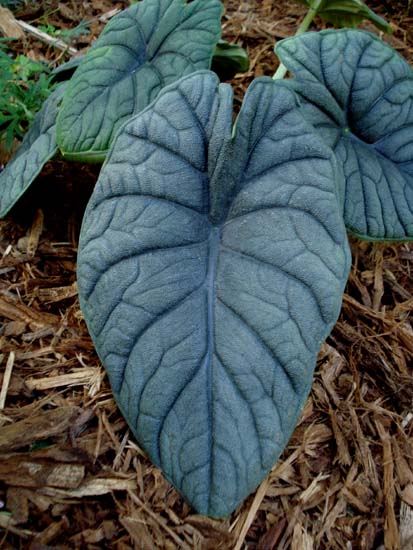
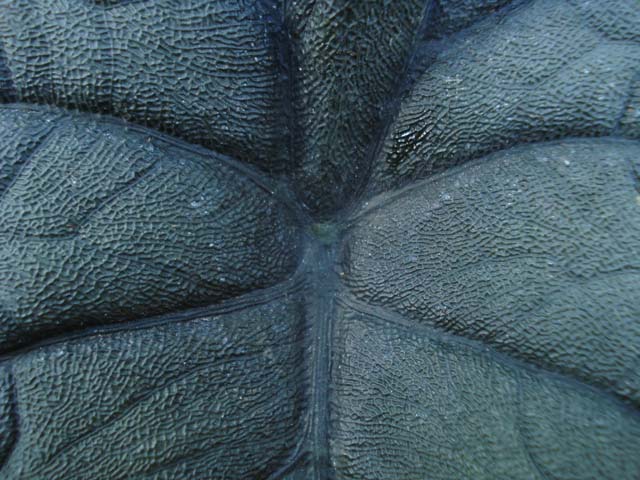

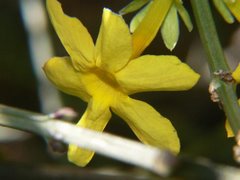
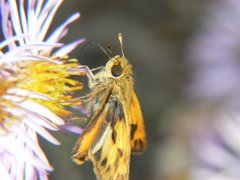
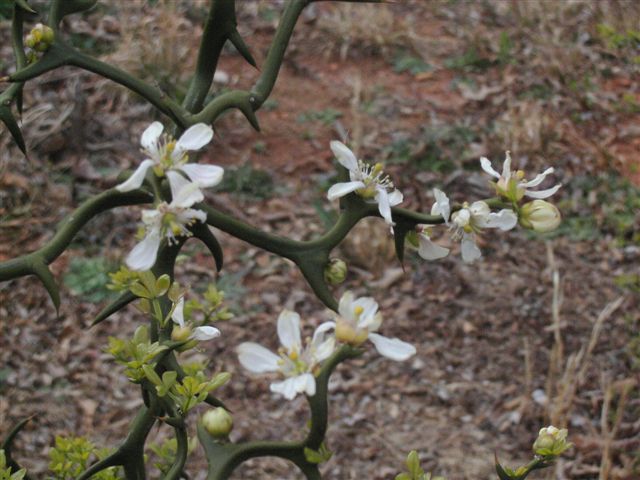
1 comment:
Bodhisagan asked if I dig these for winter storage and the answer is yes. While some of the larger Alocasia and Colocasia survive outdoors here in most winters, the kinds featured in this post can't survive sub-freezing temperatures. Araceae are in general easily dug, even the big ones, so it's not a complicated project to pop them out before serious cold arrives and store them in the garage or grow them in a decorative container in the house.
Post a Comment